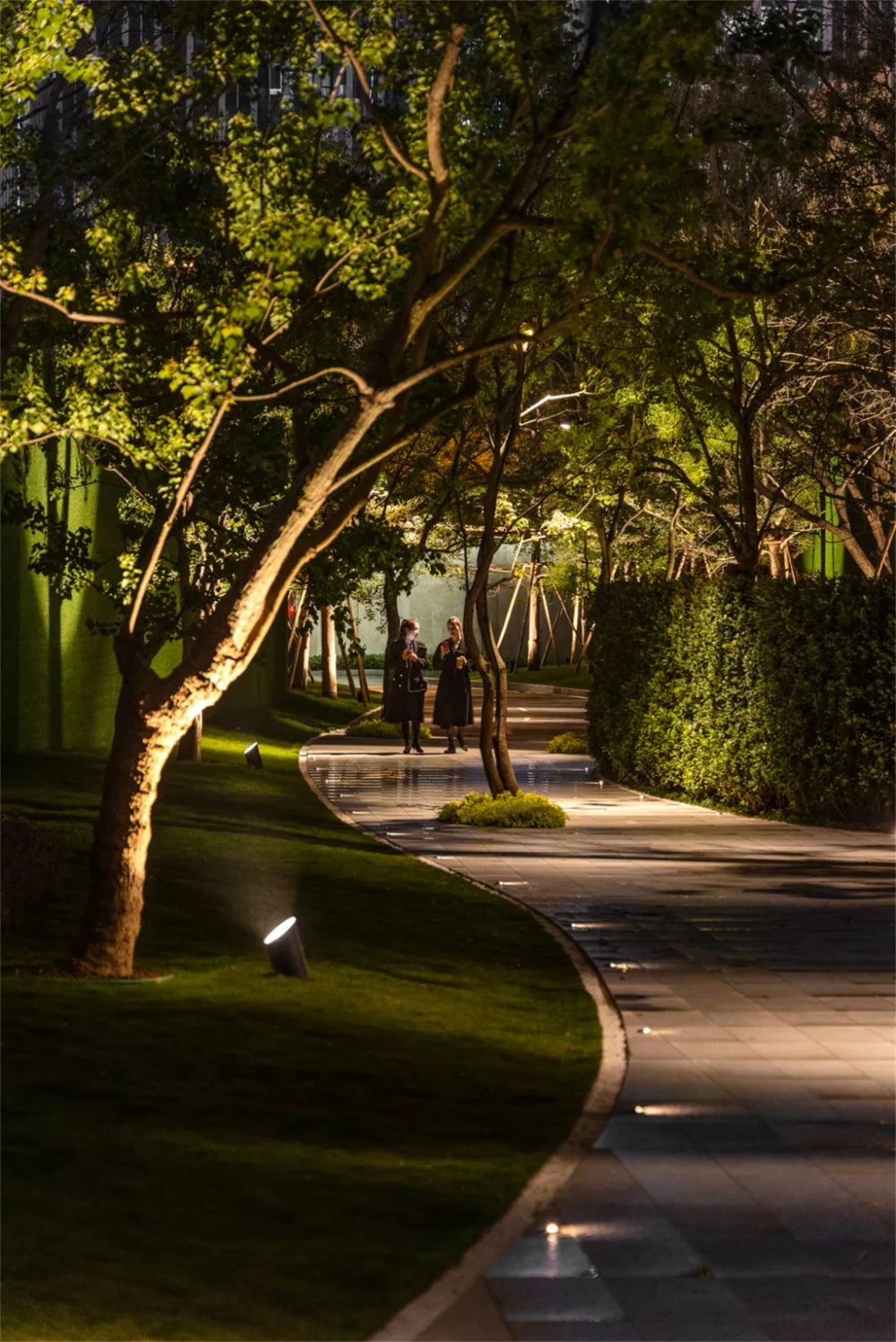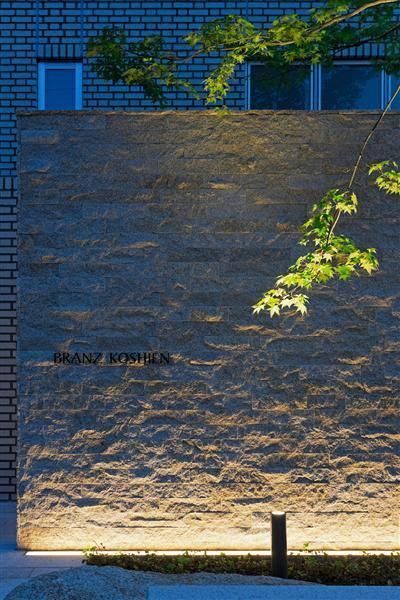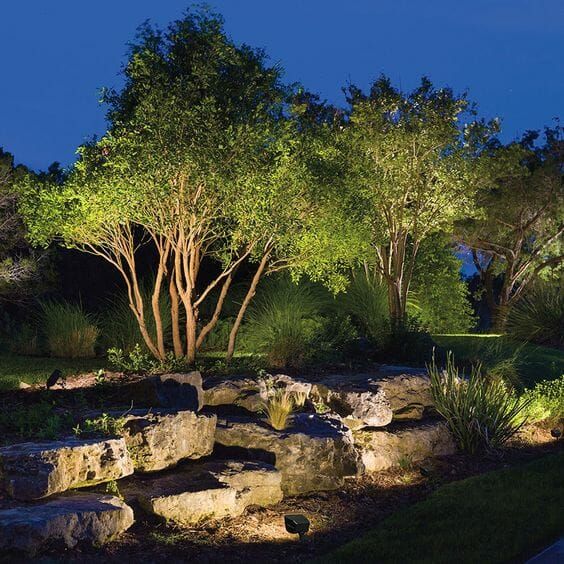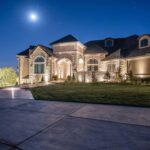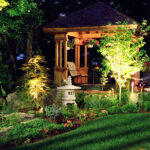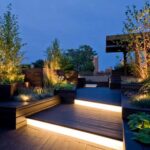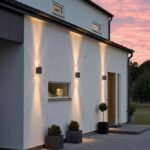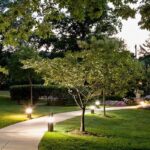Landscape lighting design is an essential element of creating a stunning outdoor space. It not only enhances the aesthetics of a property but also adds functionality and increases safety during the nighttime hours. Properly designed landscape lighting can highlight key features of the landscape, such as trees, shrubs, architectural elements, and pathways, creating depth and visual interest.
When designing landscape lighting, it is important to consider the layout of the space and the desired effect. Different types of fixtures, such as path lights, spotlights, floodlights, and well lights, can be strategically placed to illuminate specific areas and create a desired ambiance. Path lights are ideal for illuminating walkways and driveways, while spotlights can be used to highlight trees or focal points in the landscape.
One key aspect of landscape lighting design is creating layers of light. By combining different types of fixtures and varying the intensity of light, a designer can create a dynamic and visually appealing outdoor space. Layering light helps to avoid harsh shadows and creates a more natural and inviting atmosphere. Additionally, using a combination of warm and cool lighting can add dimension to the landscape and create different moods depending on the desired effect.
Another important consideration in landscape lighting design is energy efficiency. LED fixtures are a popular choice for landscape lighting as they consume less energy and have a longer lifespan compared to traditional incandescent bulbs. Additionally, LED bulbs are available in a variety of color temperatures, allowing for more versatility in creating different lighting effects. Incorporating timers, motion sensors, and dimmers can also help to reduce energy consumption and make the lighting system more efficient.
Proper installation and maintenance are crucial in landscape lighting design to ensure the longevity and effectiveness of the system. Fixtures should be securely mounted and protected from the elements to prevent damage and ensure safety. Regular cleaning and bulb replacement are also important to maintain the quality of light and prevent issues such as flickering or dimming. Working with a professional landscape lighting designer can help property owners create a customized lighting plan tailored to their specific needs and preferences.
